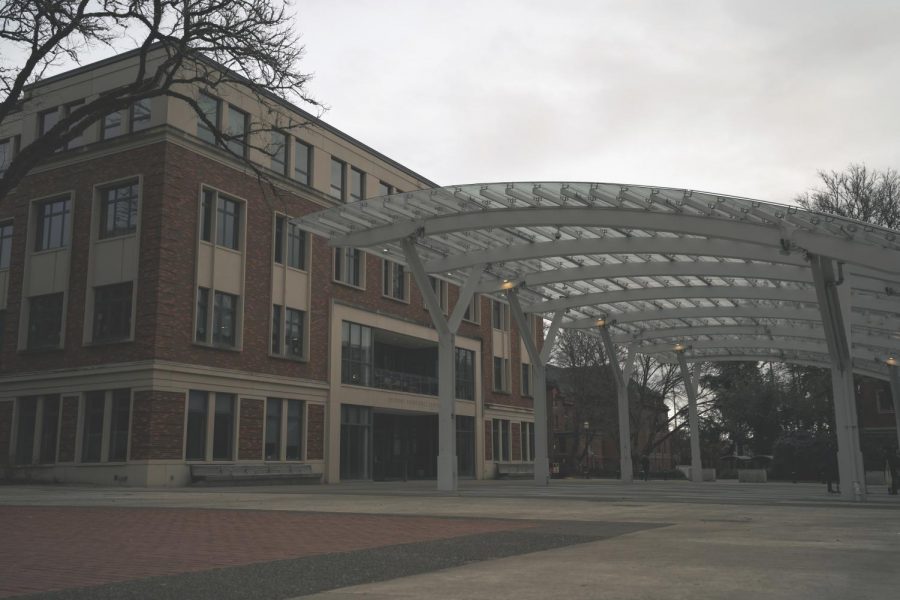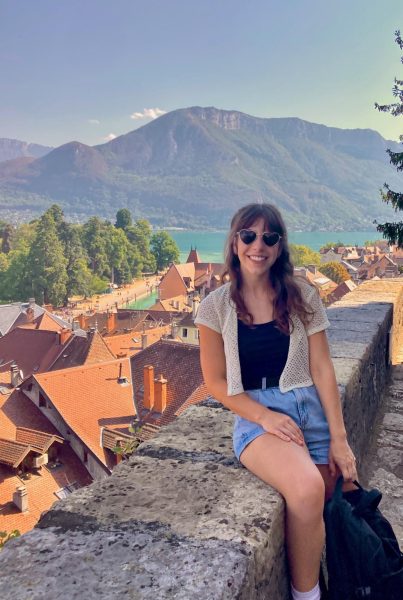Bridges: Rebuilding accountability within ASOSU
February 22, 2021
The past year has brought an increase in awareness to the enduring presence of racism in our country, and the need for radical change to confront structural racism in our communities.
People are taking to the streets, engaging on social media, and seem to be asking for more from our government bodies than ever before. Oregon State University students are also aiming to hold their student government accountable.
It is crucial to get student-led groups and organizations involved with Associated Students of Oregon State University decisions.
ASOSU Director of Diversity Initiatives Ebado Abdi said, “Our administration’s main platform [is] A.C.T. This stands for accountability, community advocacy and transparency. […] With these platforms in mind, we focus on key issues such as tuition, student safety, police accountability, Title IX, DACA, Immigrant and International students, LGBTQ2S+ and BIPOC issues, climate crisis and basic needs.”
But ASOSU alone cannot bring widespread change to all of these issues. Student organizations such as the Black Student Union, the Rainbow Continuum and the Disabled Student Union at OSU are led by students who directly represent and fight for their interests. By committing to strong, consistent relationships with student-led groups, our student body can feel more secure in ASOSU’s promises to bring diverse, representative leadership and legislation to OSU.
ASOSU’s partnership with advocacy groups is crucial to their ability to succeed. Daniel Dietz, advocate at the ASOSU Office of Advocacy, regarding the ASOSU elections, said, “ASOSU represents the student voice in the university’s shared governance model, which is how students participate in policy decisions. It’s critical that ASOSU be representative of the university’s diverse student body.”
Abdi agrees ASOSU has a history of exclusion, adding that “the executive team has addressed this issue internally and I hope to implement new channels spring term to make ASOSU less exclusive and more diverse.”
While internal acknowledgment is necessary, if ASOSU desires to foster relationships with student-led organizations they need to make formal addresses of ASOSU’s history.
OSU and its governing bodies have a history of veiled racism and exclusion. The famous underground student protest publication The Scab Sheet in 1969 was borne out of a feeling that The Daily Barometer had “biased coverage of events” at OSU at the time, leading to a walk-out organized by the Black Student Union.
ASOSU is no different. In 2017, a revival of The Scab Sheet came to life after Andrew Oswalt, an OSU Ph.D. candidate and former graduate representative in the ASOSU House of Representatives, was convicted of hate crimes on the OSU campus. An outspoken white nationalist held a seat in our studentgovernment, and used his platform to disrupt and antagonize.
Student advocacy groups have reason to distrust large organizations such as ASOSU, and the relationships between student government and student organizations and unions have been tested before. It should not be the sole responsibility of these organizations to reach out to ASOSU, rather ASOSU themselves should be making efforts to reestablish relationships with student-led organizations.
Abdi said having relationships with student-run clubs and organizations is “extremely important as many students from BIPOC communities and cultural organizations have been excluded from ASOSU affairs in the past. One of our top priorities is collaborating and working with other organizations outside ofASOSU.”
Understanding structural racism is understanding that barriers of entry into powerful positions such as ASOSU exist even if we cannot see them, and even if positions are occupied by diverse individuals. That is why we need to empower student-led organizations that give voice to underrepresented groups at OSU.
It seems we must understand that racial equity is not a goal or a single place we can arrive, but a practice that must be embedded in our daily lives and in the structures of power we live under. We cannot place blind trust in our student government, rather we need to ask ASOSU to empower student groups and organizations to ensure it represents the interests of all students at OSU.






















































































































